How Much is a Diamond Worth? (Learn to Make an Estimate)
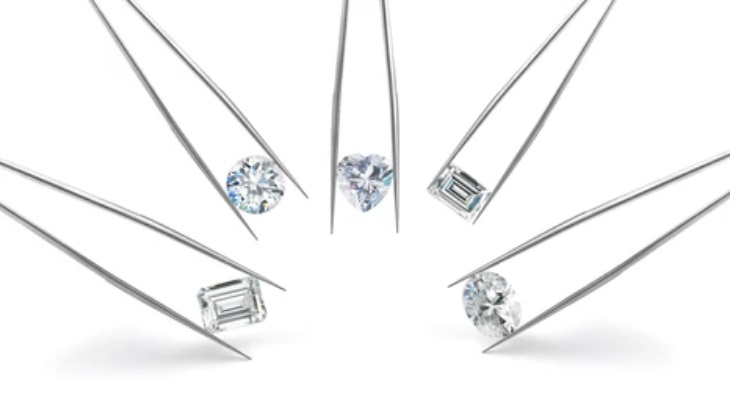
Determining how much a diamond is worth can be a daunting task for laypeople and even the majority of professionals. To add to that, the sheer amount of inaccurate information and misleading diamond calculators make the valuation process even more difficult and confusing.
In this write up, you will find out the various factors that affect a diamond’s value and how you can easily estimate how much a diamond is worth. You will also learn what to expect when selling a diamond in the secondary market and how to avoid getting ripped off when buying a diamond.
Let’s jump right in…
Here is a list of topics we will be covering:
- What Are the Current Diamond Prices in Retail Markets?
- How Much is a 1 Carat Diamond Worth?
- How Much is a 2 Carat Diamond Worth?
- How Can I Estimate or Calculate My Diamond’s Value Accurately?
- Wholesale Diamond Price Lists – Rap Report/IDEX
- Are There Differences Between Natural And Lab Diamond Value?
- Money Talks: Do Diamond Prices Increase Over Time?
- Wrapping Things Up: How to Determine a Diamond’s Value?
What Are the Current Diamond Prices in Retail Markets?
Diamonds are commodities and their market prices are driven by demand and supply. By and large, diamond prices tend to increase with the effects of inflation (~3 to 4%) over long periods of time.
To give you an idea of current market prices for polished natural diamonds, I’ve compiled a table below to include round brilliant cut diamonds with different carat sizes and color/clarity ratings at both ends of the spectrum.
| Diamond Size | Price (Low) | Price (High) |
| 0.50 carat | $600 | $3,800 |
| 1.00 carat | $2,500 | $19,000 |
| 1.50 carat | $5,800 | $33.000 |
| 2.00 carat | $10,300 | $69,000 |
| 2.50 carat | $15,000 | $100,100 |
| 3.00 carat | $21,800 | $130,000 |
| 5.00 carat | $44,000 | $500,000 |
Depending on the characteristics of the diamond, the value can vary by hundreds to thousands of dollars. In essence, the price of a diamond is largely determined by its 4Cs: Color, Cut, Clarity and Carat Weight. Other factors like treatments, fluorescence or finishing can also affect the diamond’s worth.
Note that the grading report also plays a huge role in the value of a diamond and an unreliable certificate results in inflated grades which affect valuation. For the record, GIA and AGS are the most reliable labs that offer accurate gradings consistently.
How Much is a 1 Carat Diamond Worth?
The most popular size for a diamond ring is 1 carat but how much do they cost? I wish I could give you a simple and clear answer but the truth is, the mechanism behind diamond pricing is really complex.
The price of a diamond is largely determined by the 4Cs (carat, color, clarity and cut) and is also influenced by factors such as its shape, fluorescence, craftsmanship and finishing. It is also important to point out that many finer details that affect value cannot be determined based on a grading report alone.
As a general pricing guide, here is what you can expect to pay for a 1ct diamond from both ends of the quality spectrum:
Round cut: $1,800 to $20,000 (view live prices)
Princess cut: $1,500 to $10,000 (view live prices)
Oval shaped: $1,400 to $9,500 (view live prices)
In order to give you a better understanding of diamond price variations, I’ve also compiled a granular price comparison of 1ct diamonds with different material qualities below:
| Diamond | Color | Clarity | Price |
| 1 ct round | D | IF | $18,800 |
| 1 ct round | E | VS1 | $9,800 |
| 1 ct round | F | VVS1 | $9,700 |
| 1 ct round | G | SI1 | $6,800 |
| 1 ct round | I | VVS1 | $5,500 |
| 1 ct round | J | VS2 | $5,000 |
| 1 ct round | K | SI2 | $2,800 |
As you can see, the variance in prices can be as high as 8 times based on the table above. If I were to use diamonds of even lower quality for this comparison (i.e. M color I1 clarity), the price disparity can go as much as 10X!
In general, a budget of $7000-$8000 will get you a great-looking ring (inclusive of setting) that faces up white and has no inclusions visible to the unaided eye. For practical reasons, I personally recommend a G or H color and an eyeclean VS2 or SI1 clarity grade.
How Much is a 2 Carat Diamond Worth?
One of the most common misconceptions people have about diamond prices is that they increase linearly with higher carat weight and better specifications.
However, the fact is, prices increase exponentially with better material qualities as carat weight increases.
As a general pricing guide, here is what you can expect to pay for a 2ct diamond from both ends of the quality spectrum:
Round cut: $10,000 to $62,000 (view live prices)
Princess cut: $6,000 to $28,000 (view live prices)
Oval shaped: $5,000 to $37,00 (view live prices)
| Diamond | Color | Clarity | Price |
| 2 ct round | D | IF | $60,700 |
| 2 ct round; | E | VS1 | $39,200 |
| 2 ct round | F | VVS1 | $27,400 |
| 2 ct round | G | SI1 | $24,850 |
| 2 ct round | I | VVS2 | $21,780 |
| 2 ct round | J | VS2 | $16,940 |
| 2 ct round | K | SI2 | $10,700 |
The reason behind this is because larger diamonds are rarer in nature. In the market, the price of a 2 carat diamond can often be 3-4 times more than a 1 carat diamond with similar color/clarity grades.
How Can I Estimate or Calculate My Diamond’s Value Accurately?
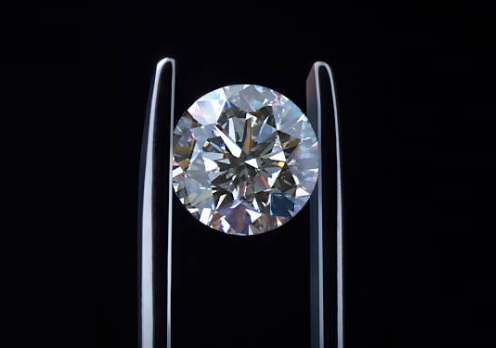
How much money is a diamond really worth?
Diamond pricing is very complex and I can tell you that even professionals will have a hard time deriving the value of a diamond. Yet, there are plenty of online diamond calculators that claim to give you a precise price simply by inputting some pre-determined parameters.
Now, I want to warn you that these “diamond calculators” are often inaccurate to the point of being useless. This is because of the various intricate details that can affect the price of a diamond that isn’t accounted for.
For example, if you have 2 GIA certified diamonds with the same color, cut quality, carat weight and both are graded with an SI1 clarity rating. Would these 2 diamonds have the same worth?
Without knowing full details, there’s no way to determine this. An eyeclean diamond with an SI1 rating would be priced higher than another SI1 diamond that is hazy-looking or has a big, ugly inclusion in the center of the stone.
Likewise, when it comes to cut quality, two seemingly similar diamonds on paper can have a big difference in optical precision and light performance. If you blindly follow what a grading report states without looking at tangible details, it would not be possible to peg a proper valuation to the diamonds.
Wholesale Diamond Price Lists – Rap Report/IDEX
If you had been shopping around, you might have come across the Rapaport price list that some jewelers use as a marketing tool. Sometimes, an alternative price chart from IDEX (International Diamond Exchange) may also be used.
In essence, the Rapaport Diamond Report (Rap List) is a benchmark used by dealers internationally to establish diamond prices and is available to anybody who wants to pay $50 for it. Due to its widespread usage professionally, it is updated weekly to reflect the most current price movements.
Here is an example of what a Rapaport looks like and I’ve circled the price-per-carat for an H color VS1 clarity 0.60 carat round cut diamond in green.
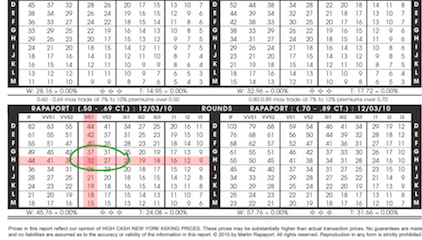
But here’s the kicker. The price listed in the report represents a HIGH CASH asking price and does not factor in adjustments due to better/worse proportions, finishing, body hue, grading certificate and etc.
In reality, most stores that use the Rapaport report as proof of offering diamonds “below Rap” or “wholesale prices” are misleading unwary consumers. These stores often create a false pretense of preferential pricing but are actually taking advantage of your naivety by pushing subpar diamonds as good deals when they really aren’t.
For the vast majority of cases, diamonds actually trade at a discount to the Rap price and if you are a layperson, you are going back to square one.
How are you going to use this price list correctly? Without understanding the mechanics of diamond pricing, the Rap report is not useful in helping you determine the correct value of your diamond.
Are There Differences Between Natural And Lab Diamond Value?
The short answer is: Yes.
The reason I added this segment is that lab grown diamonds have grown in popularity over the past few years and readers have been frequently asking me about the value of lab grown diamonds.
First of all, lab grown diamonds (or synthetic diamonds) have the same chemical and physical properties as natural mined diamonds. They are the same in every manner except that one is created in the laboratory while the other by Mother Nature.
Real natural diamond vs lab diamond price.
Due to their relatively cheaper manufacturing methods, lab diamonds cost a fraction of natural diamonds and the difference be as much as 60% less!
I know most consumers buy diamonds with a misconception that they can hold value and sell it for cash when the need arises. If this sounds like you, I’m sorry to burst your bubble.
The truth is that diamond jewelry has poor resale value and if you ever tried to sell your diamond ring, you would be very lucky if you can get 50% of what you paid in retail pricing back.
When it comes to lab grown diamonds, there is literally no resale value in the secondary market compared to naturally mined diamonds. Most jewelers that deal with lab created diamonds do NOT offer any trade up or buyback policies compared to natural diamonds.
The reason behind this is that lab created diamonds “fall” in value over time as manufacturing processes improve and drive down production costs.
Think about it.
If a retailer were to sell you a lab diamond for $2,000, it would be foolish for them to offer a trade-up or buyback program for a credit of $2,000 in the future. That’s because the cost for an identical diamond would likely be less than $1,000 a few years down the road.
Why would they want to take on a costly liability when it costs them much less to procure a brand new diamond? It’s much better for them to sell lab created diamonds without any buyback or trade-in policies attached.
Do Diamond Prices Increase Over Time?
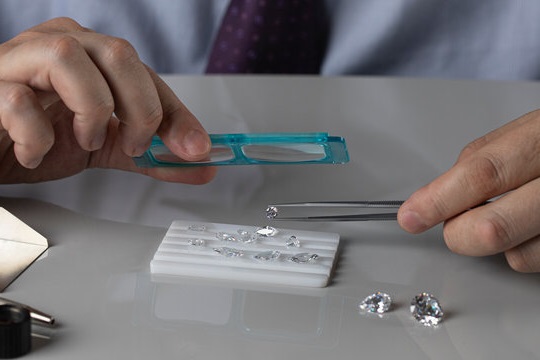
Yes. The spot market for natural diamond prices had increased by an average of 4% per year based on historical prices.
But here’s the more important thing. Why are you even asking this question in the first place? Are you buying a diamond ring with the intention to invest or for everyday wear? If you are one of those people who are treating a diamond ring purchase as an investment, you are going to be sorely disappointed.
While diamond prices have been trending upwards, they are poor vehicles for investments because consumers fail to factor in the premium they pay at retail prices. The fact is, the moment you buy a diamond from a retailer, you will generally be paying 50% above spot prices.
From the perspective of an investment, you are already underwater by a big margin.
And what do you think happens when you try to sell a diamond on the secondary market? Well, you are going to take another hit because the resale market is very weak and I can almost guarantee that you will never get anything close to what you paid.
Diamonds are poor investments unless you are dabbling in the ultra-rare diamonds seen in record-breaking Sotheby auctions. If you are looking for investments, consider going to the stock market or buy an exchange-traded fund that tracks the S&P 500 instead.
Wrapping Things Up: How to Determine a Diamond’s Value?
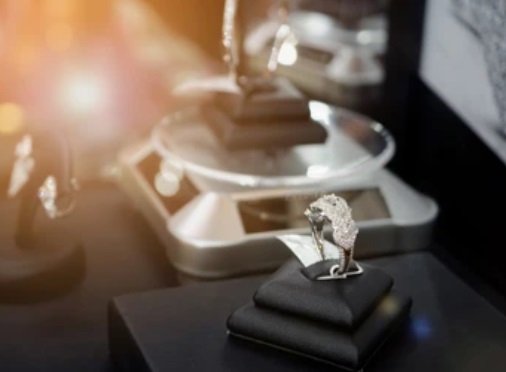
The bottom line is, there isn’t any price calculator that can magically spit out a number to tell you how much a diamond is worth. Diamond pricing is a complex process that is both an art and science.
If you are shopping for a diamond ring and doing your due diligence to ensure that you aren’t overcharged for a purchase, the easiest way to do this is to compare like-for-like diamonds at online retailers like Blue Nile or James Allen.
I’m singling these 2 vendors out because they offer highly competitive prices. And if you find that the prices you are quoted are more than 20% of what you can find online, then the seller better has a good value proposition for the excessive price premium they are charging.
If you are looking to sell your unwanted diamond jewelry and want to find out how much they are worth, the best way to go about doing this is to find an appraiser near you. Understandably, this comes at a cost and whether an appraiser’s fee (typically upwards of $100-$200) makes economical sense will depend on your individual situation.
Alternatively, you can get a free quote from a secondary market dealer like WPDiamonds by filling up a simple online form. They are a reputable buyer that offers a fuss-free way to sell your jewelry without worrying about hidden fees or commissions.
Related Articles
Leave A Comment

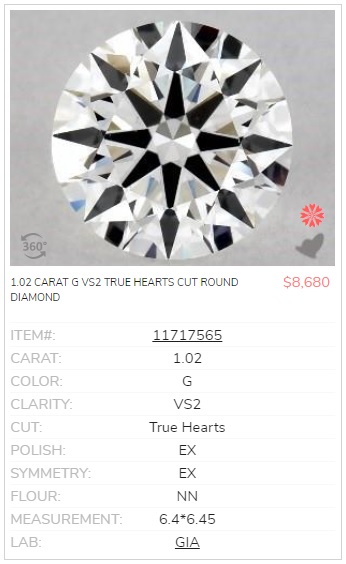
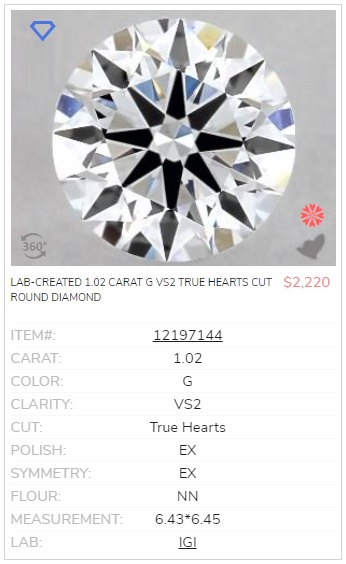
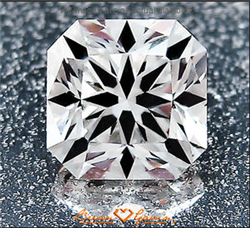
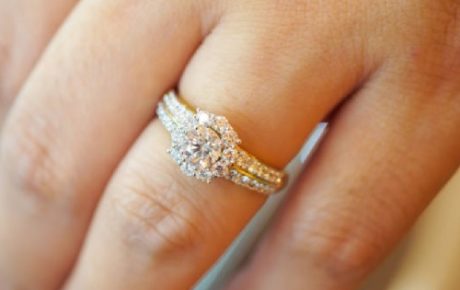
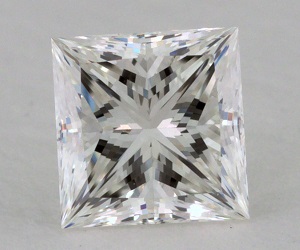










6 Comments
I have a question about the value of treated diamonds. Are these the same as lab diamonds and treated in the same way?
Most treated diamonds are derived from subjecting a naturallly created diamond to processes that alter their clarity or color. Grading reports will indicate whether a diamond is natural, treated or synthetic. Treated diamonds are not the same as lab created diamonds. However, both types of diamonds have poor resale value and are practically worthless in the secondary market.
I was wondering how much is a half carat diamond worth if it was graded by IGI as an E color, SI1 clarity and 0.51 carat in weight. The jeweler is asking for $2,000 for the loose diamond and will throw in a simple gold setting for free due to a promotion they are having now.
$2,000 for the entire ring seems to be on the high side of the pricing but the details really matter. Assuming a simple setting costs $300, then the jeweler is probably charging around $1,700 for the diamond. If this diamond has mediocre cut quality, then this is a bad deal. If this is the best of the best and the tangible data shows that cut quality is top notch, then it is a decent buy. The caveat here is, what exactly is the cut quality of this stone? I can tell you from experience that you are most likely going to overpay for this ring.
Are the small diamonds on a ring worth any money? I am thinking of changing a setting to a solitaire design instead and I want to know if it makes sense for me to tell the jeweler to extract out all the smaller diamonds on the ring and sell them separately or just to keep them as loose stones.
If they are less than 0.05 ct in size, they aren’t worth more than a few dollars each. That’s really just spare change. Most people don’t do what you are proposing. If you are changing the ring setting, the jeweler will probably take the old setting in as “scrap metal” along with any gemstones on it while offering you a discount on your new setting. Talk to them to see what they say.